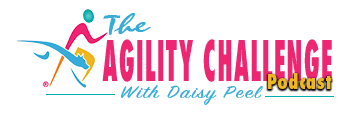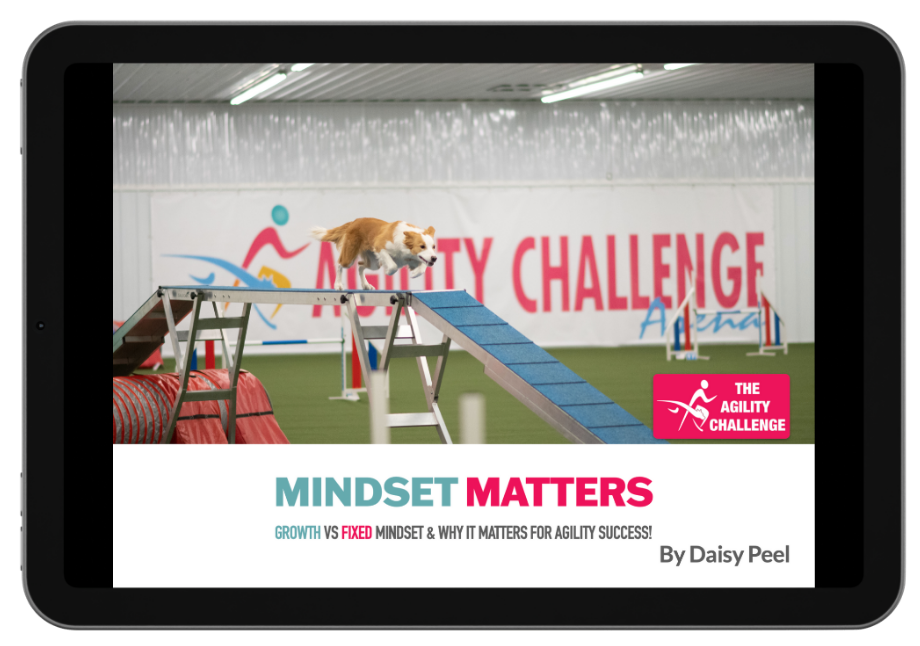
This week’s tip is more good news for those of you who are training mostly alone – according to Daniel Coyle, author of The Little Book of Talent – which serves as the source material for all these tips – training solo is the way to go. He says that practicing solo is the best way to:
- Seek out the sweet spot at the edge of your ability
- Develop discipline because it doesn’t depend on others.
He cites a classic study of musicians, where world class performers were compared to top amateurs. The researchers found that the two groups were similar in every practice variable except one: The world class performers spent FIVE TIMES as many hours practicing alone.
Of course, dog training is for many of us a social activity, and that’s GREAT! Training with friends has many benefits as well – emotional support, camaraderie, another set of eyes on you and your dog to tell you what’s happening when you blink (because otherwise you’re watching your dog intently of course!). But, don’t for one moment think that if most of your training is done alone, you’re missing out or falling behind. The vast majority of my own training is done alone; it’s very rare that I have a training partner other than my dogs. While I prefer having others around when it comes time to work on tough courses or sequences (soft skills), I much prefer to work on my own when it comes to training, particularly the hard skills. I’m more focused, less distracted, and can be more flexible with the direction I go in a given training session, in order to stay at that sweet spot at the edge of my and my dog’s abilities. Certainly, training alone requires discipline! But, once you make it a habit (because remember, training for a few minutes each day is much better than training for an hour once a week!), once that discipline is a habit, training alone can be very productive.
For dog training, you’re not likely to be bent over, drenched in sweat, at the point of exhaustion, unless you’re working on your sprints so you can keep up with your dog! But, the training we do can be mentally taxing, for sure.
Holding ourselves accountable to stay sharp, to stay focused, and to stay in the sweet spot at the edge of our abilities when we’re alone is important – it’s not what happens in class each week, during that one or two hour period of time! It’s what happens when you’re at home, in your back yard, or your basement, by yourself, with your dog, working on the things you’ve set out to work on, with purpose!


Thanks! I hate practicing alone (well, I guess we are not alone if we are with our dogs) but trying to figure out what to practice is usually my downfall. This is good advice, thanks. This is the first podcast I’ve listened to and it was a good reminder.
If you’re an agility challenge member (https://www.theagilitychallenge.com) check out BUILD A SKILL challenges or GET READY – GET READY especially is stuff that’s always worth working on!